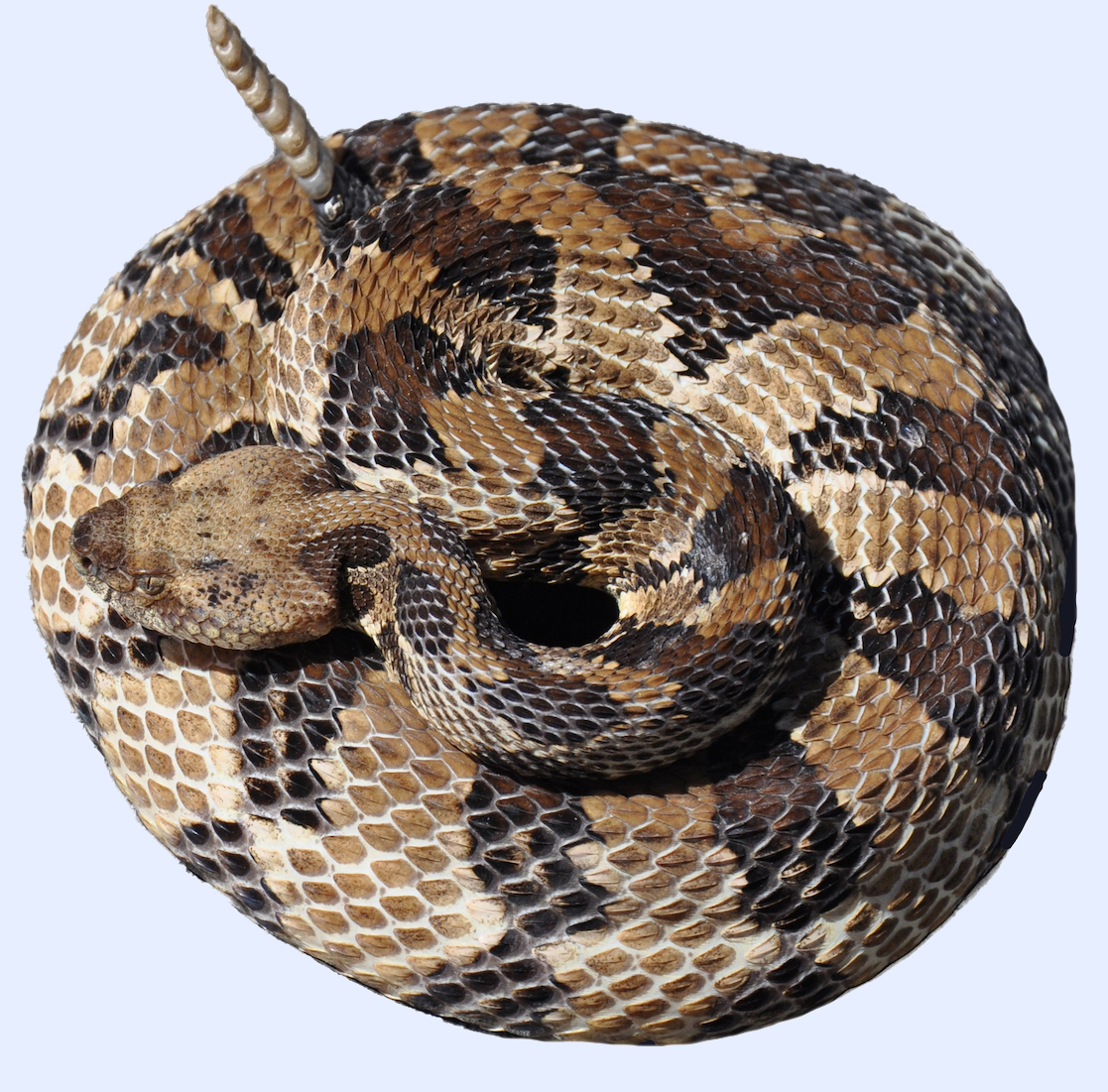Taxonomy
Class: ReptiliaOrder: SquamataFamily: ScincidaeSubfamily: ScincinaeSynonym: Eumeces laticeps
Taxonomic Comments: One of thirteen species in this genus currently recognized in North America (SSAR, 2017); four occur in North CarolinaSpecies Comments: Taylor (1932a,b) split Eumeces fasciatus into three species, including E. inexpectatus and E. laticeps in addition to E. fasciatus .
Identification
Description: Five-lined Skinks, Southeastern Five-lined Skinks, and Broad-headed Skinks all have similar colors and patterns. Photographs submitted as records should include a close-up lateral view of the head, a close-up dorsal view of the stripes, taken at the mid-body region; and a close-up ventral view of the scale rows on the tail. Adult Broad-headed Skinks can be recognized based on their large size and breeding males by their extremely widened heads. Small individuals can be easily confused with Common Five-lined Skinks and are best identified using the features of the scales on the head. Field Marks: As in other members of this genus, young individuals have bright blue tails and five pale lines running from their heads to their tails. These lines fade completely in older males, which develop a uniformly tan or bronze coloration on most of their bodies. Females retain at least some traces of their lines as they age. During the breeding period, males develop a bright orange-red color on their heads, as do the other members of this genus.Morphological Features: Broad-headed Skinks typically have 5 supralabials in front of the eye (before the large subocular scale directly below the eye) and usually lack the two postlabial scales before the ear opening (Taylor, 1932b; Palmer and Braswell, 1995). Other characteristics of their scalation are described by Palmer and Braswell. Maximum head-body length in NC: 5" (127mm), males; 4.5" (127mm), females (Palmer and Braswell, 1995). Technical Reference: Taylor (1932b); Palmer and Braswell (1995)Field Guide Descriptions: Beane et al. (2010); Powell et al. (2016)Online Photos: Google iNaturalist GBIF Observation Methods: The arboreal habits of this species make it difficult to find. Individuals are usually seen on trees or logs and can be found by peeling back bark on snags.
Distribution in North Carolina
Distribution Comments: Broad-headed Skinks are found from the southern mountains to the Tidewater region in North Carolina but appear to be essentially absent from the northern mountains and barrier islands (we have one record from Roanoke Island). Distribution Reference: Palmer and Braswell (1995); NCMNS Herpetology Collection Database (accessed 2023-02)County Map: Clicking on a county returns the records for the species in that county.
Key Habitat Requirements
Habitat: This is a highly arboreal species that occupies a wide range of forest habitats, including those dominated by conifers as well as hardwoods. It occurs most commonly in relatively open hardwoods and mixed forests, including Longleaf Pine-Scrub Oak sandhills, but is also found in cypress swamps (Palmer and Braswell, 1995). In Kansas, Fitch (1954) noted its occurrence on dead snags located in flooded bottomlands. In natural stands, older trees with cavities or snags with dead bark may be important for both shelter and foraging (Cooper, 1993; Palmer and Braswell, 1995). Decaying logs and stumps are important as nesting sites. In semi-wooded residential areas, this species, as other members of this genus, makes use of buildings for both sheltering and foraging.Environmental and Physiological Tolerances: Ober (1969) speculated that both Broad-headed and Common Five-lined Skinks were more intolerant of desiccation than Southeastern Five-lined Skinks based on their apparent inability to colonize the barrier islands. Broad-headeds may also be less tolerant of colder temperatures than the Five-lined Skink. Their range does not reach as far north as in that species and they do not occupy the northern half of the mountains in North Carolina, where populations of P. fasciatus are found. The highest elevation where Broad-headeds have been recorded in North Carolina is 2,500' compared to 5,187' for Common Five-lined Skinks (Palmer and Braswell, 1995).Biotic Relationships: The large size of this species allows it to feed on larger prey than our other species of Plestiodon . In Georgia, Hamilton and Pollack (1961) reported that Broad-headeds appear to commonly feed on lizards, including other species of Plestiodon as well as Lygosoma. Other prey items included orthoptera, spiders, caterpillars, beetles, and snails.
Life History and Autecology
Breeding and Courtship: This is our only species of Plestiodon where males and females stay together for a prolonged period following courtship and where males aggressively chase off rival males and females may also chase away rival females (Cooper and Vitt, 1997). Terrestrial Life History: Like our other three species of Plestiodon , individuals of P. laticeps occupy home ranges, but in this case, they appear to be unique by defending at least some areas -- particularly trees with multiple cavities-- from other members of their species, i.e., they demonstrate territoriality (Cooper, 1993).
General Ecology
Adverse Environmental Impacts
Status in North Carolina
NHP State Rank: S5Global Rank: G5
Photo Gallery for Plestiodon laticeps - Broad-headed Skink 21 photos are shown. Recorded by: A.Shaffer Recorded by: Carol Ann McCormick Recorded by: Carol Ann McCormick Recorded by: K. Bischof Recorded by: J. Mickey Recorded by: C. Teague Recorded by: Steve Hall and Dee Stuckey Recorded by: J. Mickey Recorded by: J. Mickey Recorded by: Skyla Stuckey Recorded by: Erich Hofmann Recorded by: Steve Hall Recorded by: Steve Hall Recorded by: Steve Hall Recorded by: Steve Hall Recorded by: Steve Hall Recorded by: Steve Hall Recorded by: Steve Hall and Erich Hoffman Recorded by: Steve Hall and Dee Stuckey Recorded by: Steve Hall Recorded by: Steve Hall

 »
» 
 »
»